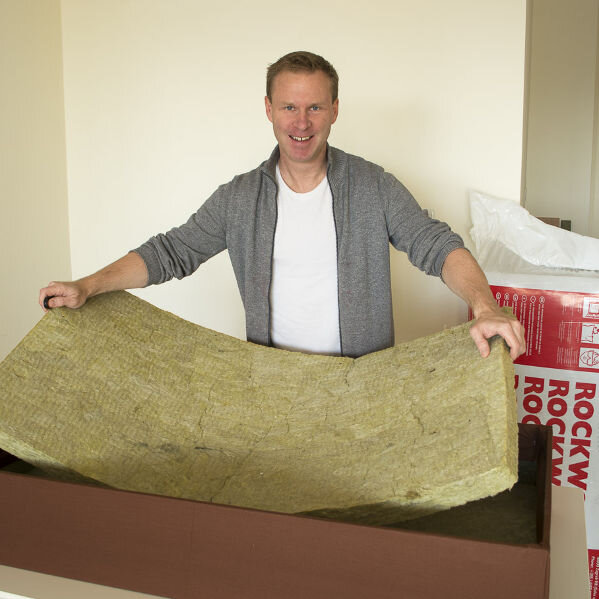MengW
Member
- Joined
- Jun 30, 2022
- Messages
- 63
- Likes
- 44
The small room size is 4.5x3.1x2.7 meter.
Bass trap, Radius=0.6m, Height=2.7m
Flow resistivity=10000 Pa·s/m²
The radius is 0.6 meters, which should not be too small for home use.
But this simulation result only works above 110Hz?
Do you think this is reasonable?
Thanks.



Bass trap, Radius=0.6m, Height=2.7m
Flow resistivity=10000 Pa·s/m²
The radius is 0.6 meters, which should not be too small for home use.
But this simulation result only works above 110Hz?
Do you think this is reasonable?
Thanks.


